Let’s get the preliminaries out of the way — everyone even remotely connected to the robbery was found, most of them got and served the punishment for their crimes, and yet, almost 24 years later the most crucial question of the mystery still awaits an answer.
To understand this, we need to rewind and go back to Aug. 28, 2003, when Brian Wells, a pizza delivery guy who was well-liked by his neighbors and called modest — walked into a branch of PNC Bank in Erie, Pennsylvania, armed with a shotgun and wearing a collar bomb around his neck. He handed the teller a note that threatened to blow off the bomb if he wasn’t given $250,000 in cash. He was instantly given the demanded money in a bag and he walked out of there the way he came in, but he didn’t get to celebrate the victory for long as he was apprehended within minutes of exiting the bank.
Here is when things go weird and then downright horrifying.
Wells had exuded a confident and calm demeanor throughout the robbery — a Dum Dum lollipop in his mouth as he drove away — and even as he walked out of the bank. But the minute the police surrounded him, he began begging for someone to save his life, claiming that he was innocent and was simply delivering a pizza when three black men at the address forced him to wear the explosive around his neck and threatened that it could only be removed once he gets them a quarter of a million dollars from the bank.
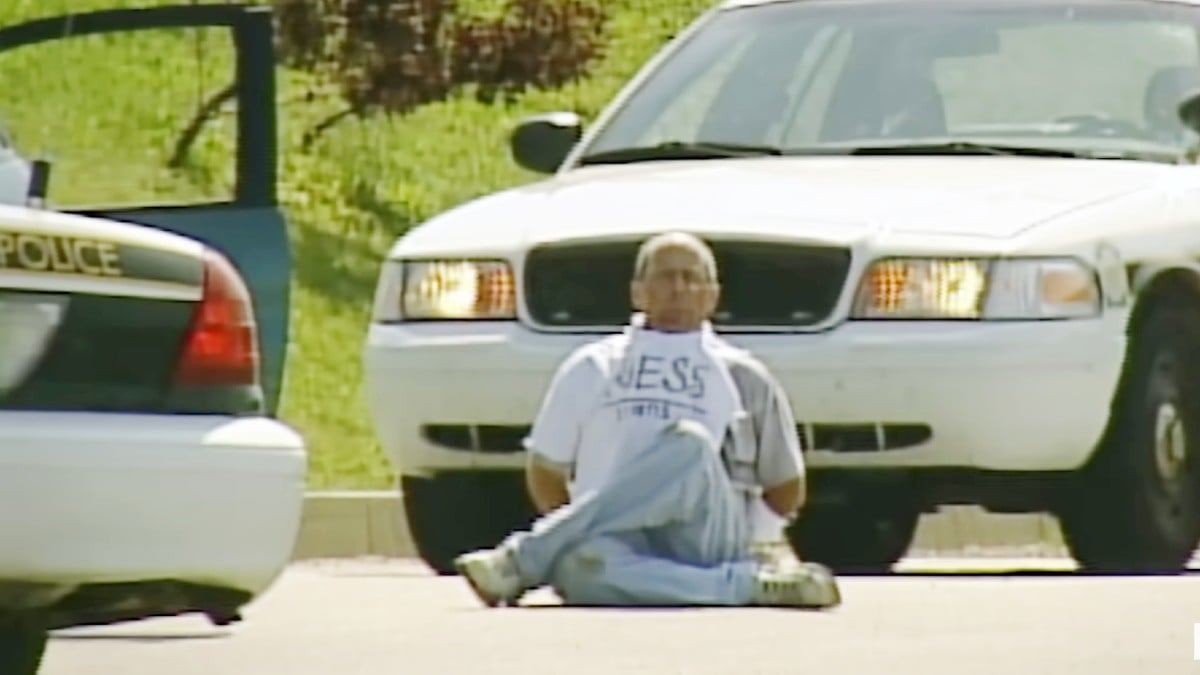
So, there Wells was, sitting on the pavement, stressing that the bomb was about to “go off” while the police cleared the area of pedestrians. They had called the bomb squad a full 30 minutes after the 911 call from the bank (that mentioned the collar bomb) and 10 minutes after apprehending Wells. But soon, the device started beeping fast and loud, and even as Wells tried scooting backward to escape the death fastened to his neck, it exploded, causing a 12cm gash in his chest and killing him minutes before the bomb squad would finally arrive.
After the horrifying scene played out, the police began their investigation. Initially, it seemed like Wells was telling the truth. In his car, a bunch of meticulously handwritten notes were found, addressed to the “Bomb Hostage” and instructing him on what to do next after robbing the bank so as to remove the bomb from his neck. It was an elaborate and exhaustive scavenger hunt spread across the city, one that would have presumably allowed Wells to detach the DIY device himself. But after the years that took to solve the case, the FBI discovered that the instructions were too complicated and could never have been completed in time — Wells was always doomed to die, no matter whether he followed the instructions or not.
Was Brian Wells the victim or the conspirator? The many many “true” stories that cropped up
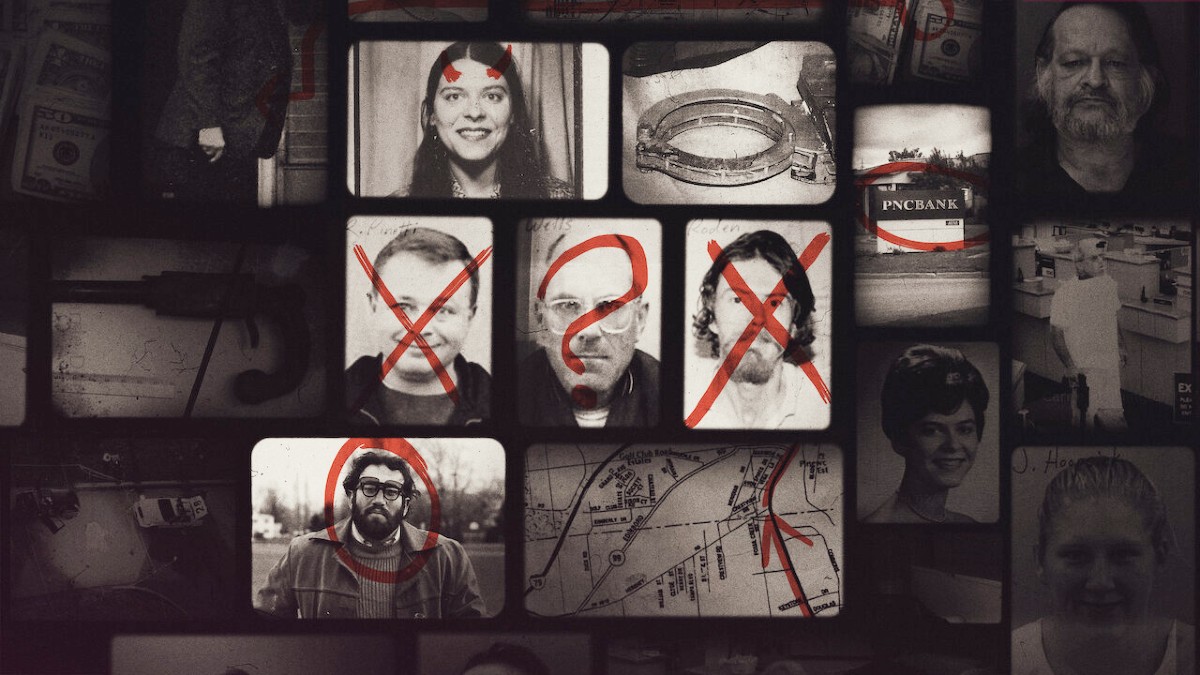
It started with Bill Rothstein, who lived next to the place where Wells delivered the pizza on the day of the robbery. Rothstein called the police, telling them that his ex-girlfriend, Marjorie Diehl-Armstrong, had hidden the body of her boyfriend, James Roden, in his freezer after killing him. He confessed that he almost killed himself over the guilt and even wrote a suicide note that strangely stressed that his death had nothing to do with “the Wells’ case.”
By 2005, Diehl-Armstrong was arrested and sentenced to prison for the murder of Roden. By this time, Rothstein had passed away from lymphoma, but his note triggered the Well’s case again and his ex-girlfriend spoke up, but only to say that Rothstein was the mastermind behind plotting the robbery and she killed Roden because he was going to blab about the heist.
Though she insisted that she wasn’t directly involved, the intricate details she shared about the robbery said otherwise — how she provided the timers for the bomb, how she measured Wells’ neck for it, and her assertion that he was in on the plan from the beginning.
But her story had holes, ones that got bigger when a crack dealer named Kenneth Barnes confessed how Diehl-Armstrong masterminded the whole robbery to get enough money to hire him to kill her father and get his fortune.
Unfortunately for both Barnes and Diehl-Armstrong, as the investigation progressed and the FBI put together what pieces they had, it was discovered that the former was actually a main play in the robbery and the latter hatched the whole plot, with Rothstein’s continuous aid (yep, he was lying too). By the end of the investigation in 2007, it was announced that Wells, who supposedly needed money, was indeed a part of the robbery but under the impression that it would be a fake bomb. But when he learned the truth, he tried to back out and was forced at gunpoint to wear the bomb.
But evidence saying Brian Wells was innocent also exists
Apart from his family refusing to believe that he was a willing participant, Jessica Hoopsick, one of the prostitutes Wells used to visit, confessed in 2018 in Netflix’s documentary Evil Genius that she was approached by Barnes to find a “gopher” for the robbery. She recommended Wells, a “pushover” who did not know about the heist till the moment he was forced to wear the collar bomb.
Then there is the fact that Wells was called to the location — where the collar was fitted on him — via a fake call to order pizzas.
But the truth remains buried. Diehl-Armstrong was sentenced to life in prison and lost two appeals to the verdict before dying from breast cancer in 2017. Barnes got 22.5 years in jail but never set foot outside as he died in 2019 due to complications from diabetes. Unless there is another living piece of the puzzle out there, Wells will remain the infamous “pizza bomber” in America’s history.

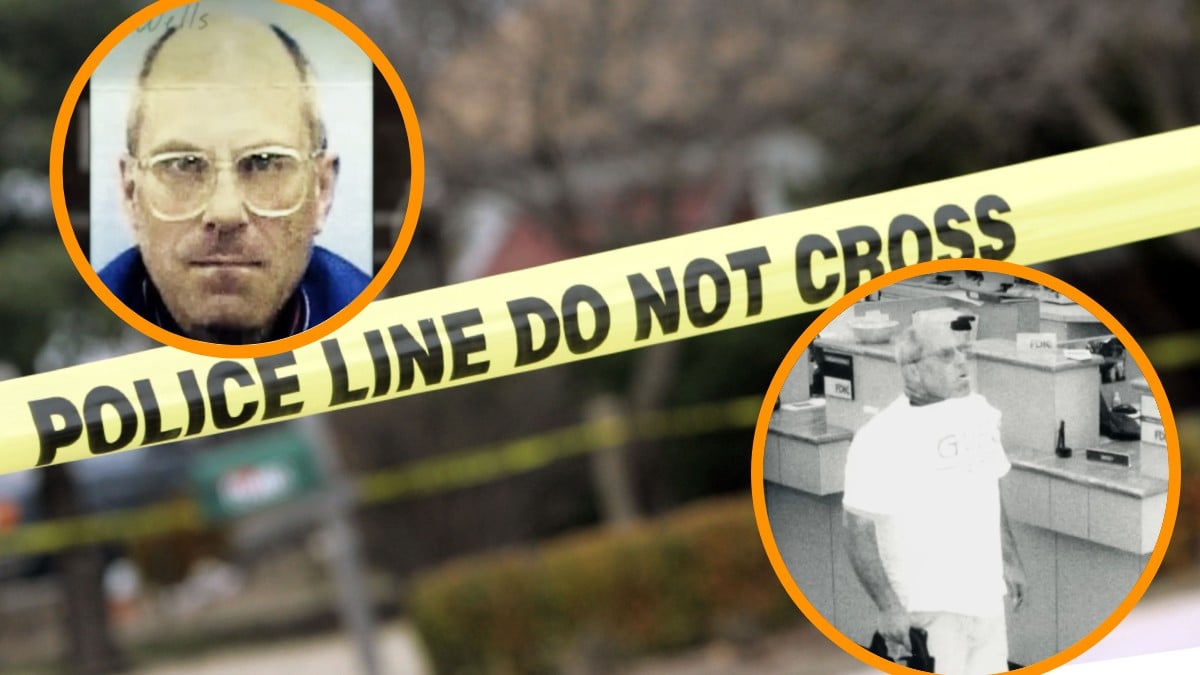




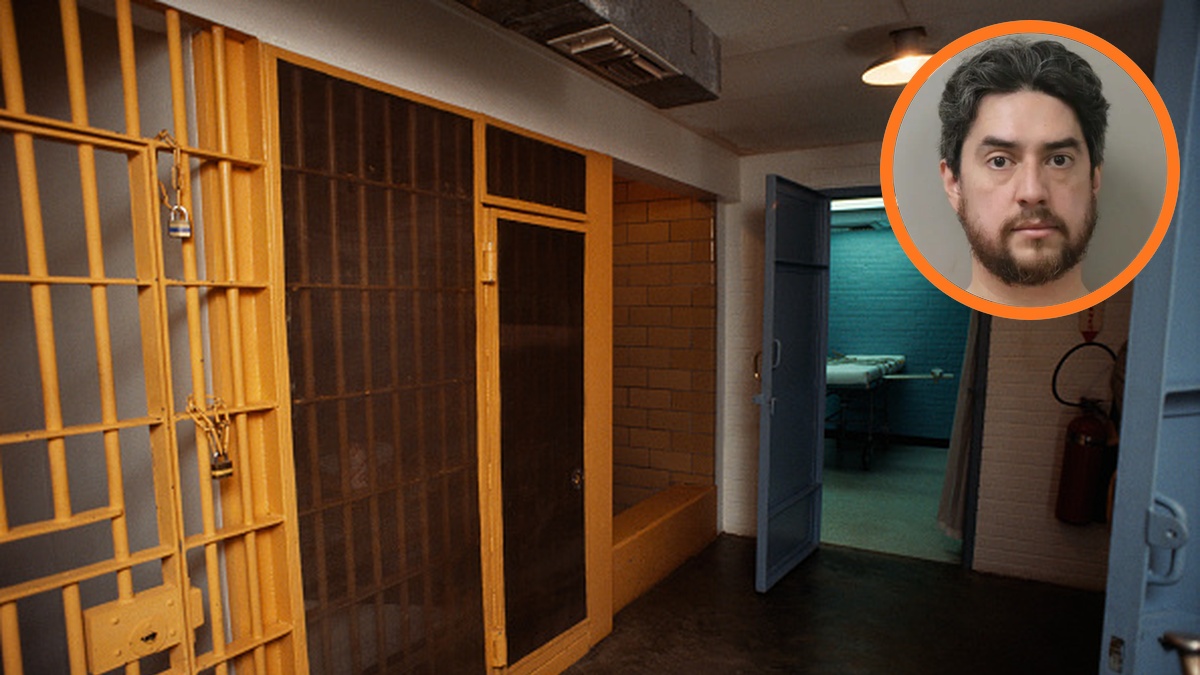

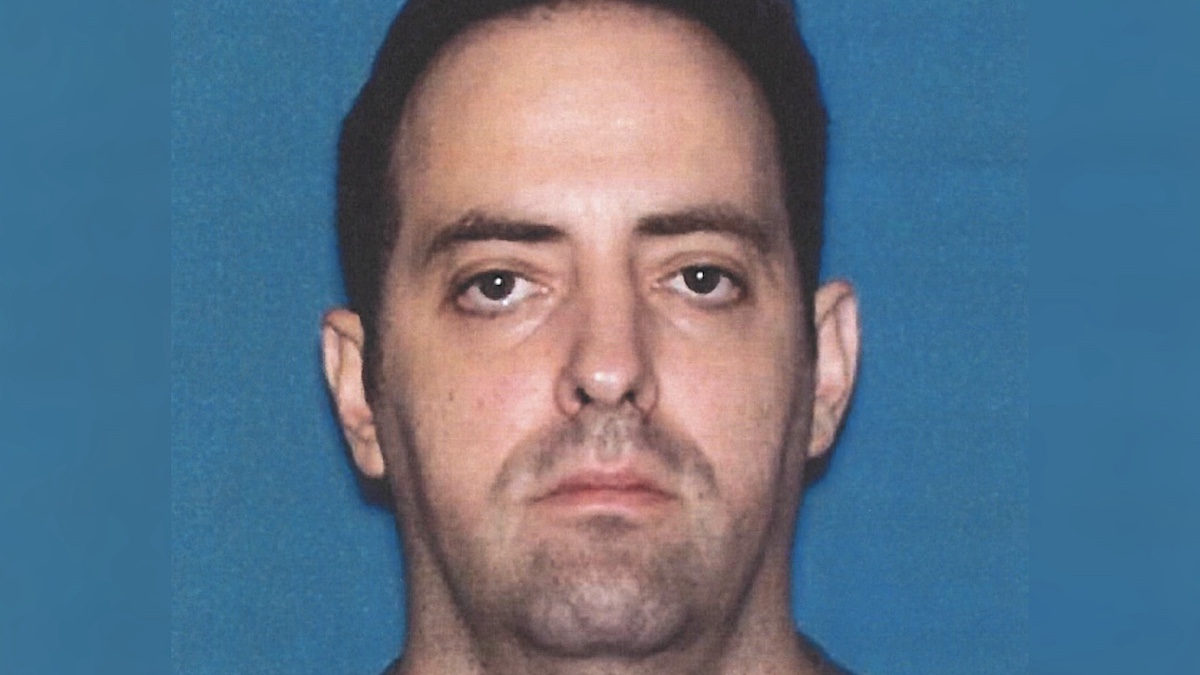

Published: Jun 15, 2024 07:40 am